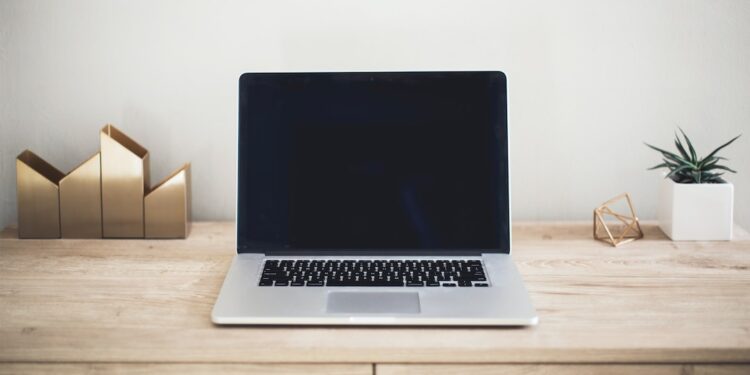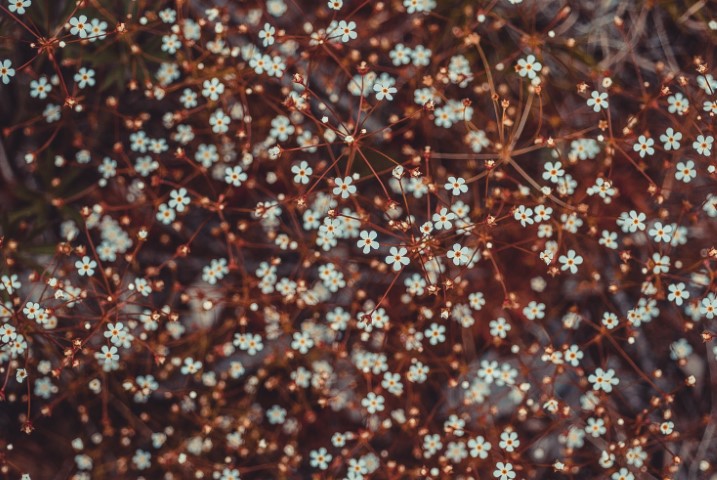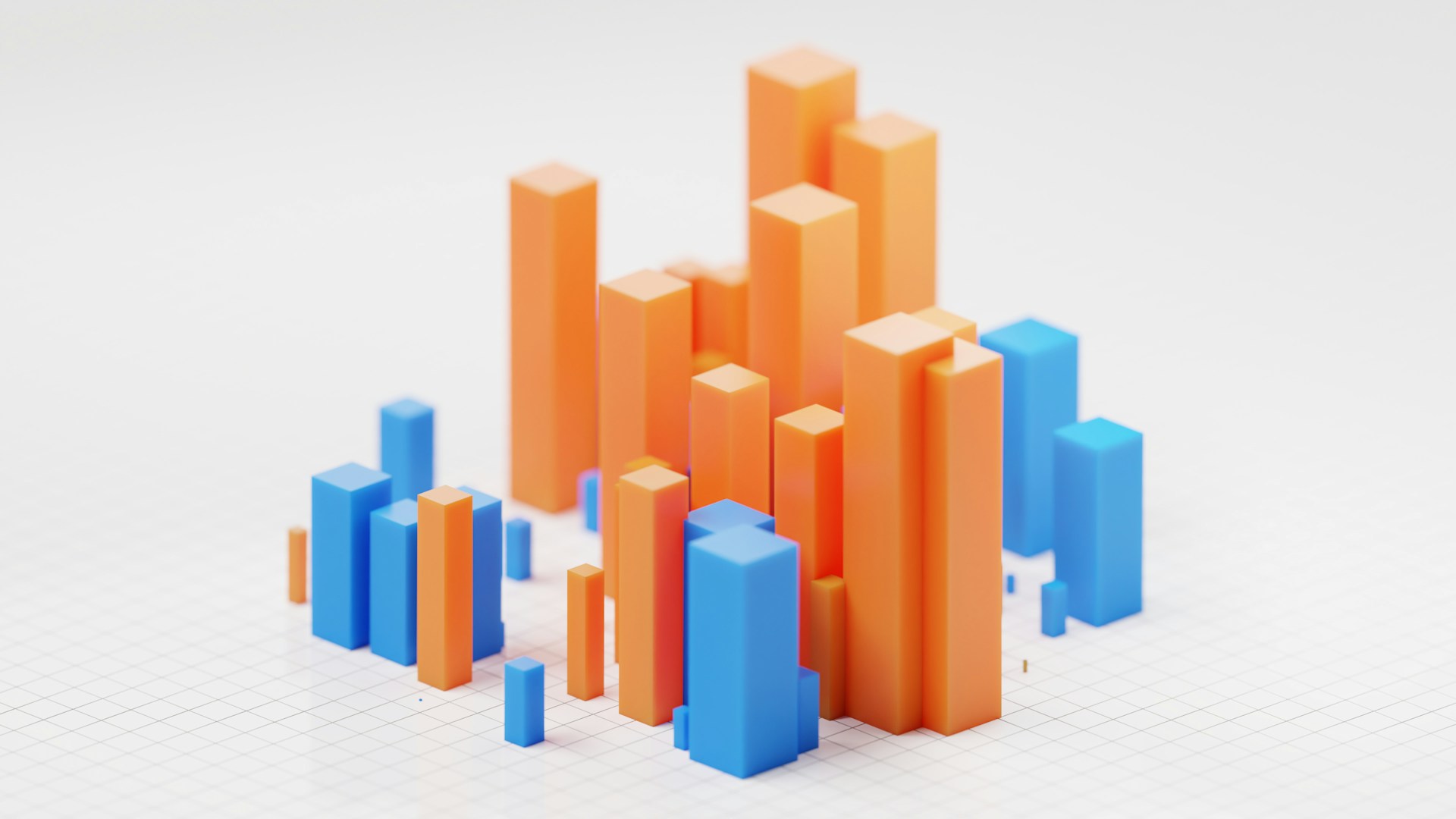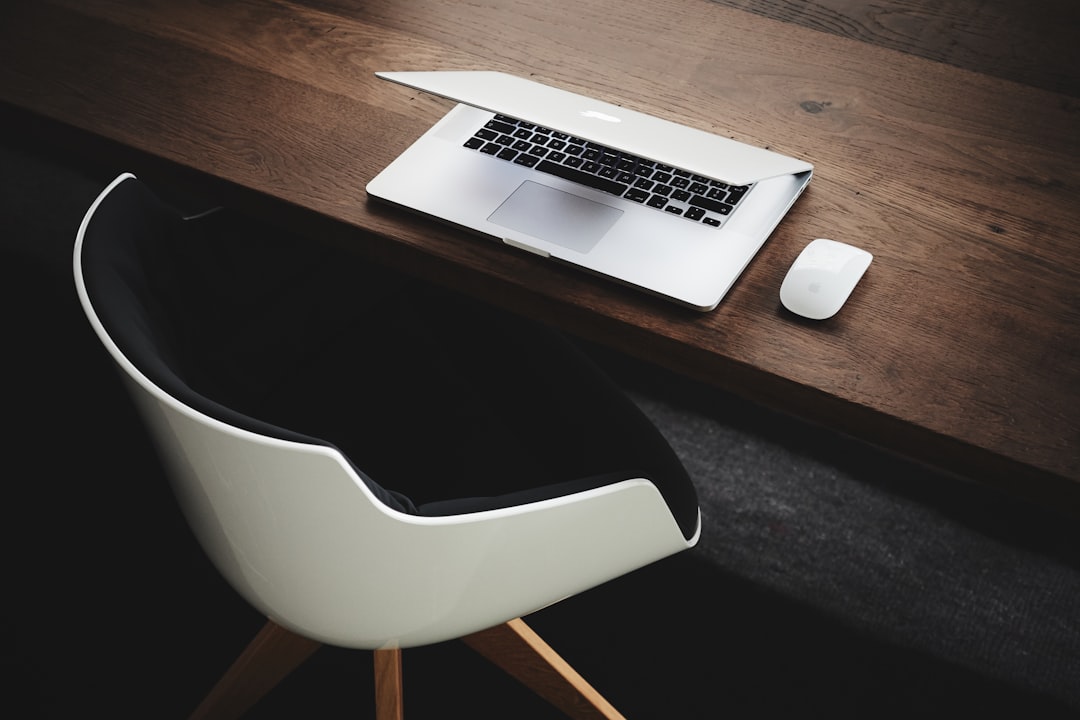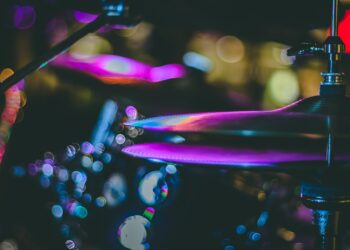Motion design is a powerful tool that web designers can use to bring their websites to life. With the right use of animation and movement, you can create a visually stunning and engaging experience for your users. In this article, we will explore some of the ways motion design can be used to enhance web design and the different types of animation techniques that can be deployed.
Why Is Motion Design Important In Web Design?
Motion design is vital in web design for a few reasons. Firstly, it can be used to create a more engaging experience for users. Sites that use animation or other forms of motion design tend to be more visually interesting and dynamic, drawing people in and making them more likely to explore the site. Secondly, motion design can help direct users’ attention to important information on the page. Animations can be used to guide users’ eyes towards certain areas of the site or make key pieces of information stand out. Finally, motion design can be used to improve the usability of a website. For example, animations can be used to indicate that a button has been clicked or to show that a form has been submitted and is processing.
Types Of Animation Techniques
There are many different types of animation techniques that can be used in motion design. Here are just a few examples:
1. Transitions
Transitions are a popular type of animation used on websites to communicate change. For example, when transitioning between one page and another, the page may slide or fade away. Transitions can also be used to show that a button has been clicked, with the button changing color or size to indicate that it has been activated.
2. Scroll Animations
Scroll animations are used to engage users as they scroll down a page. As users move down the page, animations can be triggered, making the content stand out and providing visual interest. For example, images can appear or text can fade in as the user scrolls, drawing their attention to key pieces of content.
3. Loading Animations
Loading animations are used to indicate to users that a page or element is loading. This can be particularly helpful on slower websites, where users may become impatient while waiting for content to load. Loading animations can take many forms, including spinners, progress bars, or animations that play over the content while it loads.
4. Hover Effects
Hover effects are often used to indicate that an element on the page is clickable. When a user hovers over a button or link, the element may change color or size to indicate that it can be clicked. These effects can help to improve the usability of a website and make it more intuitive to navigate.
5. Video Backgrounds
Video backgrounds can be used to create a dynamic and visually engaging experience for users. These can be used to showcase a product or service or to provide background information about the site or company. Video backgrounds can be particularly effective when used on landing pages or home pages.
Ways To Use Motion Design In Web Design
Now that we’ve looked at some of the different types of animation techniques that can be used in web design, let’s explore some of the different ways motion design can be deployed on a website.
1. Use Animations To Tell A Story
One of the most powerful ways to use motion design on a website is by using it to tell a story. Animated illustrations, hand-drawn graphics, and custom animations can all be used to bring a website to life and make it more engaging. These types of animations can be used on landing pages, homepages, or other key areas of the site.
2. Use Motion Design To Highlight Key Information
Animations can be used to highlight key information on the site, such as product features or pricing information. For example, animations can be used to reveal additional information when a user hovers over an image or button. This can help to draw users’ attention to important information and make it more memorable.
3. Use Animations To Improve Navigation
Animations can be used to improve the usability of a website by making it easier for users to navigate. For example, drop-down menus or expanding menus can be animated to make them more intuitive to use. Similarly, animations can be used to indicate that a button has been clicked or a form has been submitted, providing feedback that helps users know that their actions have been successful.
4. Use Animations To Create A Memorable Experience
Finally, animations can be used to create a memorable experience for users. This can be particularly effective for websites that sell products or services. By creating a visually engaging experience that users are unlikely to forget, you can help to increase brand recognition and encourage users to return to the site.
Conclusion
Motion design is a powerful tool that web designers can use to improve the usability and engagement of their websites. By deploying the right types of animations and using them in innovative ways, you can create a unique and engaging experience for users that helps to promote your brand or business. Whether you are designing a landing page, homepage, or other key area of the site, consider how you can use motion design to improve the user experience and create a visually stunning website.


